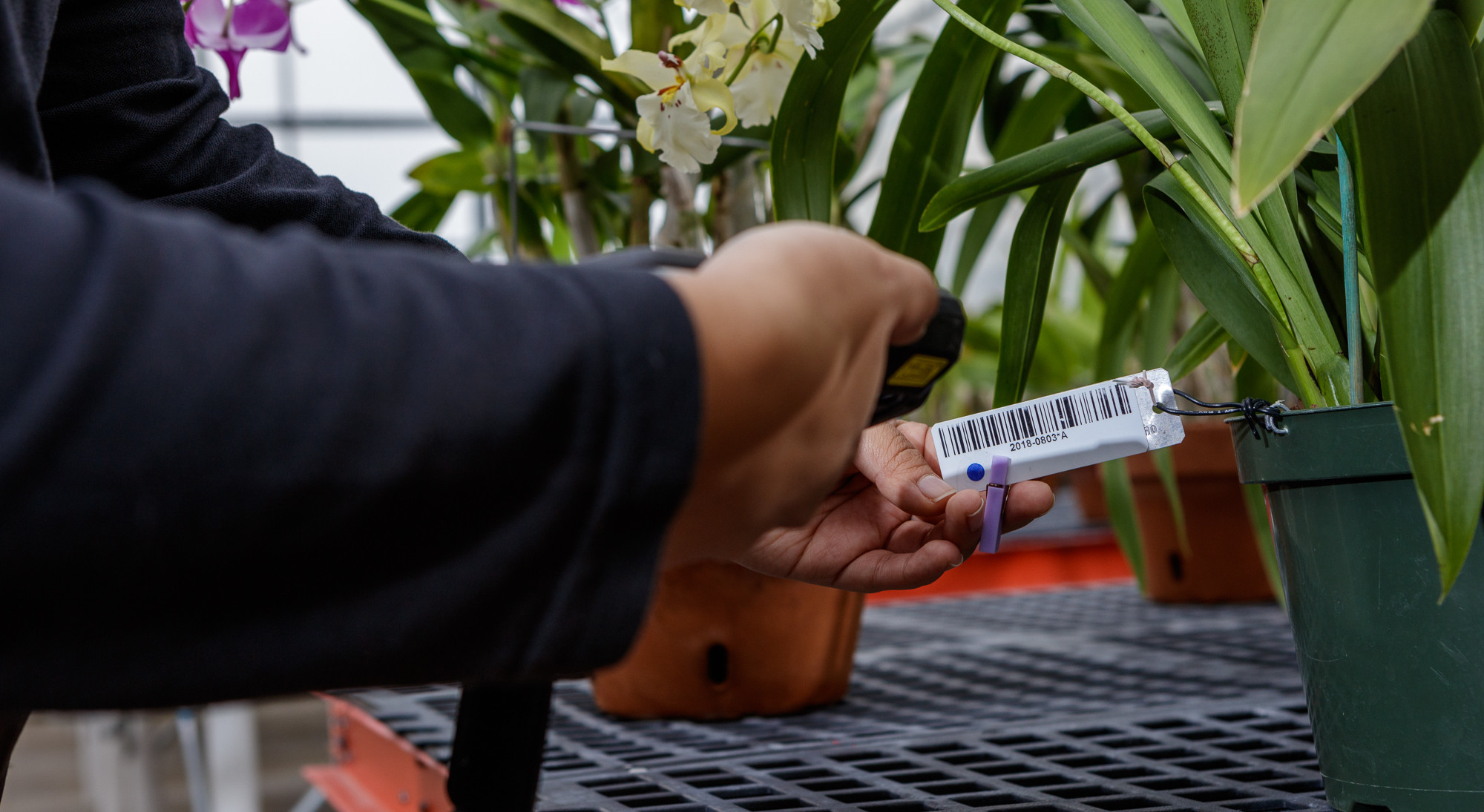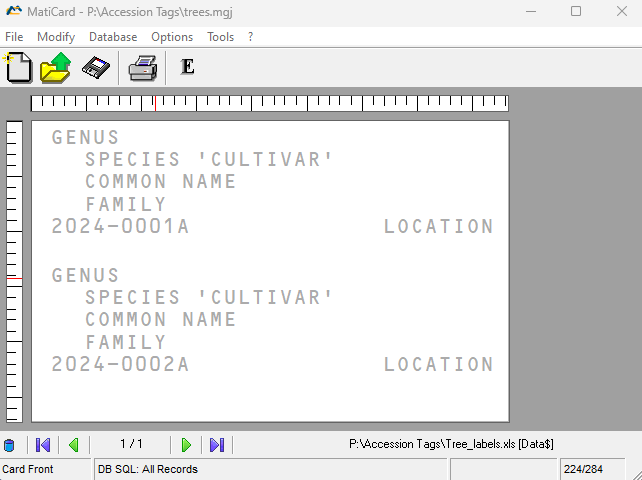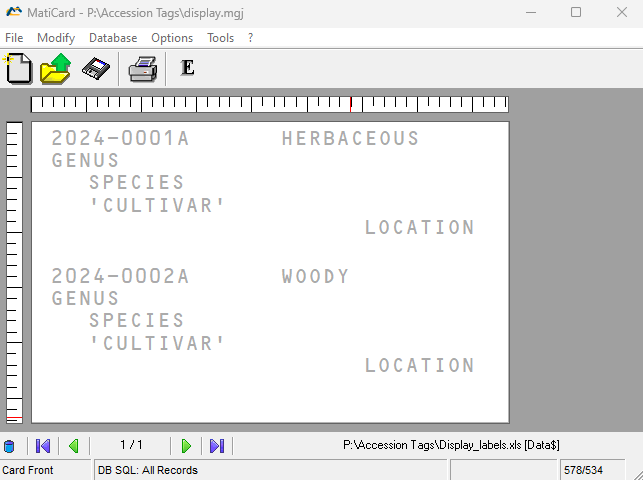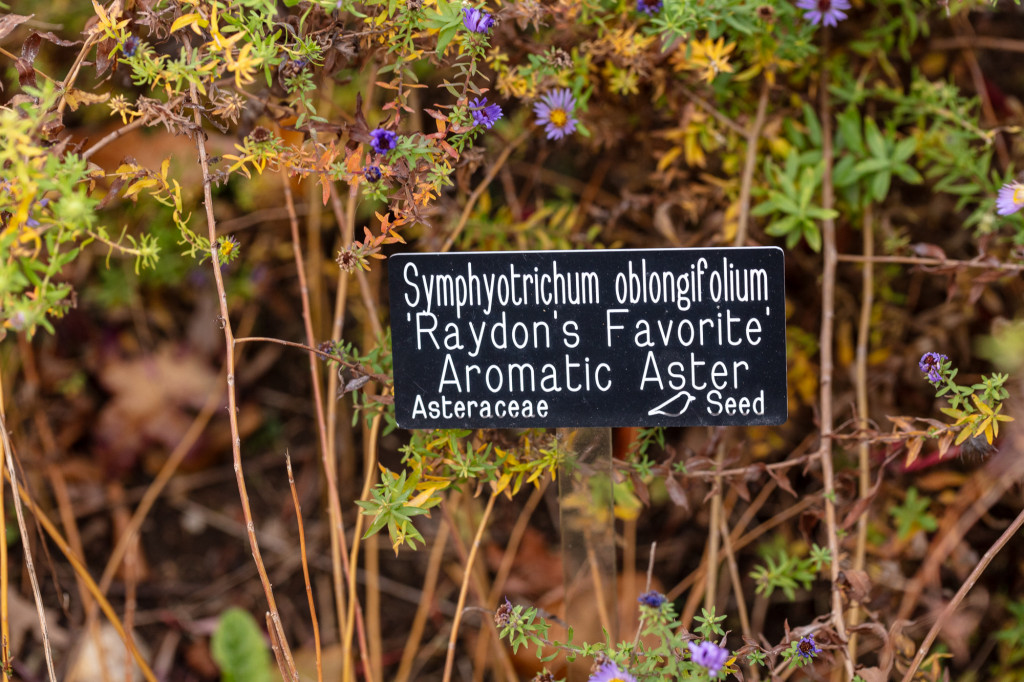
Labeling Living Collections
While Smithsonian Gardens Living Collections are comprised of orchids and trees, the most valuable part of a collection item is the label. This small tag provides the horticulturist and collection managers with a lot of information. Smithsonian Gardens utilizes two types of labels for our Collections.
Accession Labels
The most important label for a plant is its accession label. This label includes a specimen’s accession number, type, taxon name, location, source, and family name. These labels are physically attached to the plant. Accession labels allow the staff, contractors, and volunteers to track a plant’s location and care history. Utilizing a barcode scanner, horticulturists can also search the plant’s digital record to find recent statuses and images. Smithsonian Gardens uses slightly different accession labels for each of our collections.
Below are screenshots of the label templates used by SG for our Tree, Orchid, and Display collections:



Display Labels
Display labels generally include the plant name, family, and native range. Sometimes, they also include how the plant spreads and which kinds of animals assist this spread. These labels are placed on stakes in front of the plants and are used to identify plants for exhibit and garden visitors.

